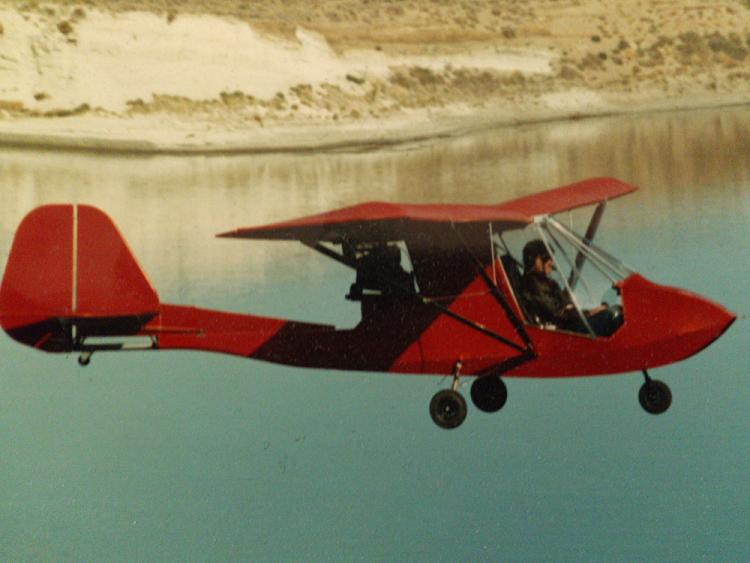CharlieTango
Line Up and Wait
- Joined
- Oct 14, 2013
- Messages
- 878
- Location
- Mammoth Lakes, California
- Display Name
Display name:
CharlieTango
Charlie Tango, will you shut the F up for a couple of minutes? He is from New York, he is considering a PA-28-180 to go across some of the most forbidding landscape in this country. In the winter, I really don't want to be called out to pick what is left of him up with a shovel and a spoon.
He has "experience in the European alps" and such. Great. Ever gotten into a triple lenticular over the lee side of the Sierra and thrown into a rotor? I have. ANd it ain't much fun. And it ain't survivable unless you have been taught how to get out of it.
Charlie Tango, he asked how to get from SFO (which isn't going to be his airport of departure since nobody rents aircraft out of SFO) to LAS. He isn't going to go into LAS since light singles aren't welcome there.
Why don't we just give him the local best routing for his experience level and let it go at that.
THanks,
Jim
Wow Jim, how about you shut the f*** up? My opinion isn't the same as yours, so what? Perhaps I have some of the local knowledge about this route of flight that the OP was looking for? Perhaps extra hours of flying and hundreds of dollars in wasted fuel only to deny the OP the mountain flight he was looking for isn't the only advice that should be permitted?
I asked why not route him to Mexico because he was being told to go hundreds of miles out of his way, needlessly crossing high mountain ranges like the San Gabrials and San Bernardinos in order to clear Mammoth by several hundred miles, that was just Henning giving stupid advice so he could hear himself talk and it was fair to point out that wasn't a reasonable route.
A pilot that has crossed the Alps a number of times is well qualified to do this simple crossing. I really doubt that you will get a call in Nevada City to bring your shovel and spoon down here. I have been living under Mammoth Pass for 35 years and really don't see your triple lennies creating a non-survivable crossing, like ever. True we do get some impressive waves, that's why soaring is so popular around here.




